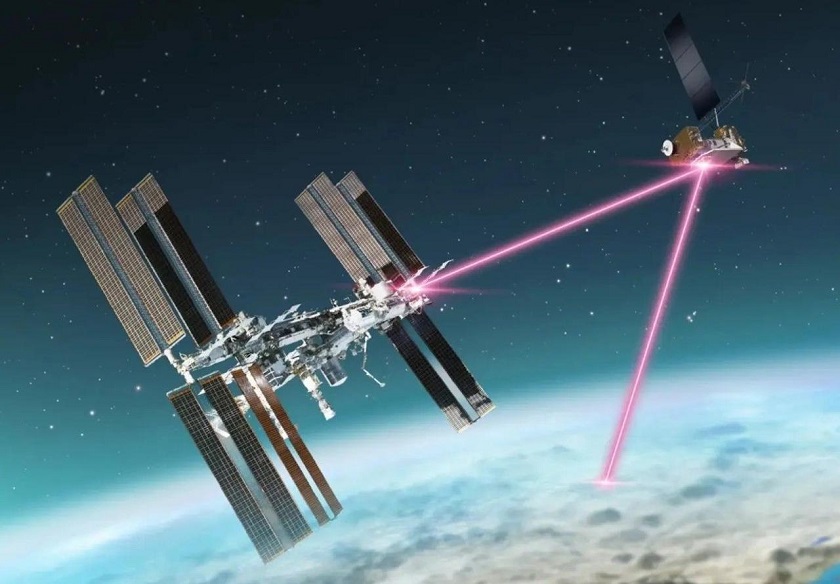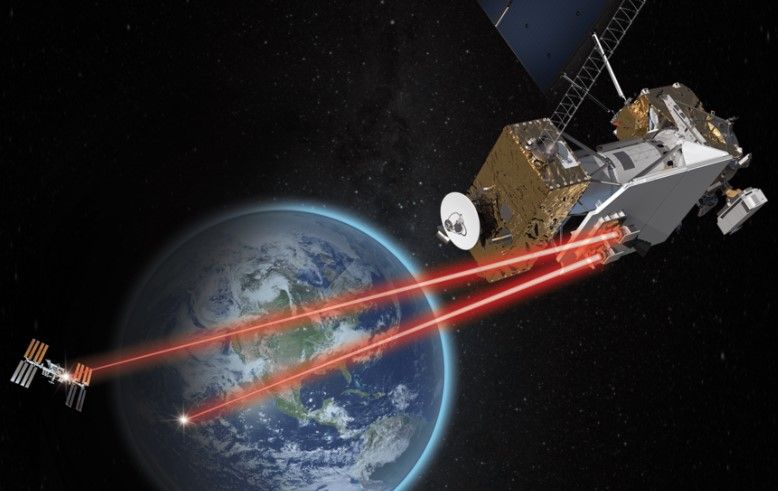
NASA has developed a laser space communication system that will increase data transmission speed by 100 times
Soon, NASA will demonstrate a laser communication system between ground objects and the International Space Station (ISS). This technology will increase the data transfer rate by 100 times compared to current capabilities, paving the way for a new standard of communication in deep space.
The system is known as the Integrated Laser Communications Relay Demonstration Low Earth Orbit User Modem and Amplifier Terminal (ILLUMA-T), which is to be launched aboard SpaceX’s Dragon spacecraft.
ILLUMA-T, consisting of a telescope and a biaxial suspension, will be installed on the outside of the space station. From there, it will track and communicate with the Laser Communications Relay Demonstration (LCRD) satellite, which NASA launched in December 2021. The LCRD, parked in geosynchronous orbit, will transmit signals to ground stations in California and Hawaii. The data will then be transferred to the ILLUMA-T team at Goddard Space Flight Center to ensure that it is still accurate and of high quality at these speeds.

The data will be transmitted at a speed of 1.2 gigabits per second, which is 100 times faster than old radio communications and twice as fast as previous laser demonstrations. However, other teams have managed to achieve even higher data rates using lasers, including the TBIRD satellite, which transmitted data at 100 Gbps in last year’s test.
NASA hopes that laser communication can become a regular part of operations not only on the ISS, but also for the Near Space Network, which will cover satellites orbiting the Earth and the Moon, and the Deep Space Network, which communicates with spacecraft exploring more distant regions of the solar system. systems.

